Circle Hooks vs. J Hooks: Choosing Which Hook To Use With Live Bait
- By: Tony Acevedo
- on
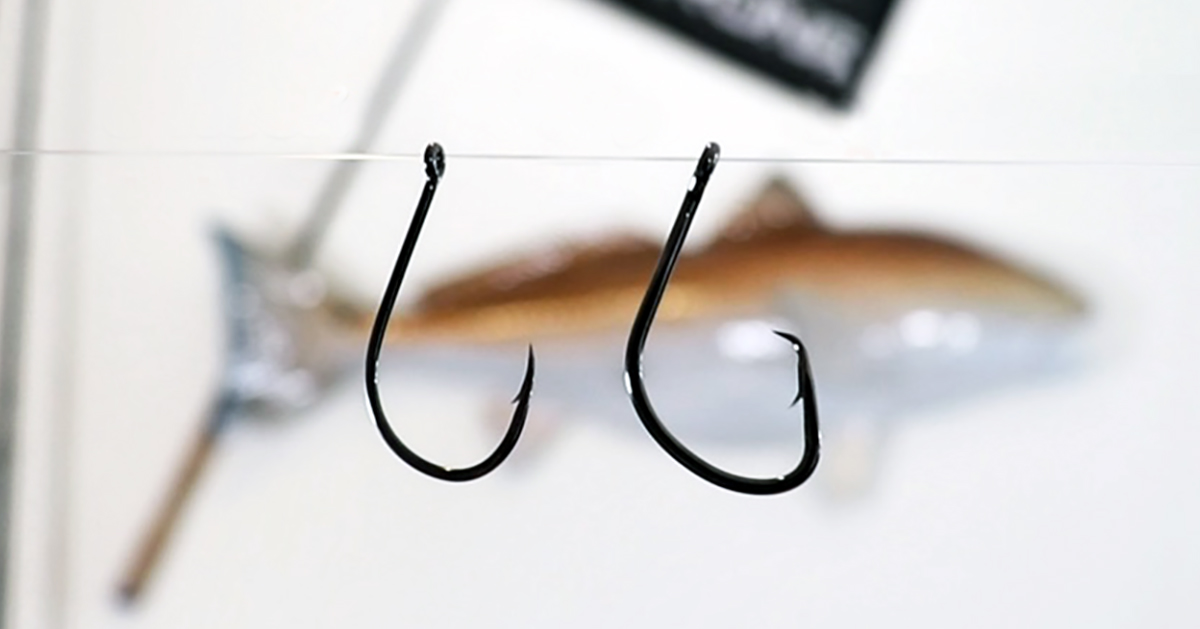
How do you know when to use a circle hook vs. a j hook when fishing with natural bait?
That’s a great question since using the wrong type could cause you to miss fish, gut hook fish, or even get fined!
Thankfully though, it’s easy to decide which one to use.
In this video, I’ll show you the one main thing that will determine which one to go with.
Let’s dive in!
Using Circle Hooks vs. J Hooks For Live Bait [VIDEO]


And here are two of my favorite circle and j hooks:
When To Use Circle Hooks With Natural Bait
There are two main reasons to use circle hooks:
- The law says you have to
- You’re passively fishing
There are some regions where circle hooks are mandatory when using natural bait, so be sure to check your local laws before you go fishing.
The other reason when you’d use circle hooks is if you’re passively fishing.
For example, if you’re having a sandwich and the rod is in the rod holder while you’re soaking a piece of cut bait, that’s passively fishing.
It’s also best to advise inexperienced anglers and children to passively fish.
Since they probably don’t know when or how to set the hook, you can rig their bait on a circle hook and tell them to just reel (without setting the hook) when they feel a big tug.
When To Use J Hooks With Natural Bait
You can use j hooks with live or cut bait when you’re actively fishing and plan on setting the hook when you feel a strike (and, of course, when it’s legal to use them).
Actively fishing means you’re feeding line off of the spool to let your bait swim or drift naturally and you’re feeling every nibble and strike so you know exactly when to set the hook.
It’s easier for fish to get gut hooked with j hooks than circle hooks, which is why you only use j hooks when you’re actively fishing.
Conclusion
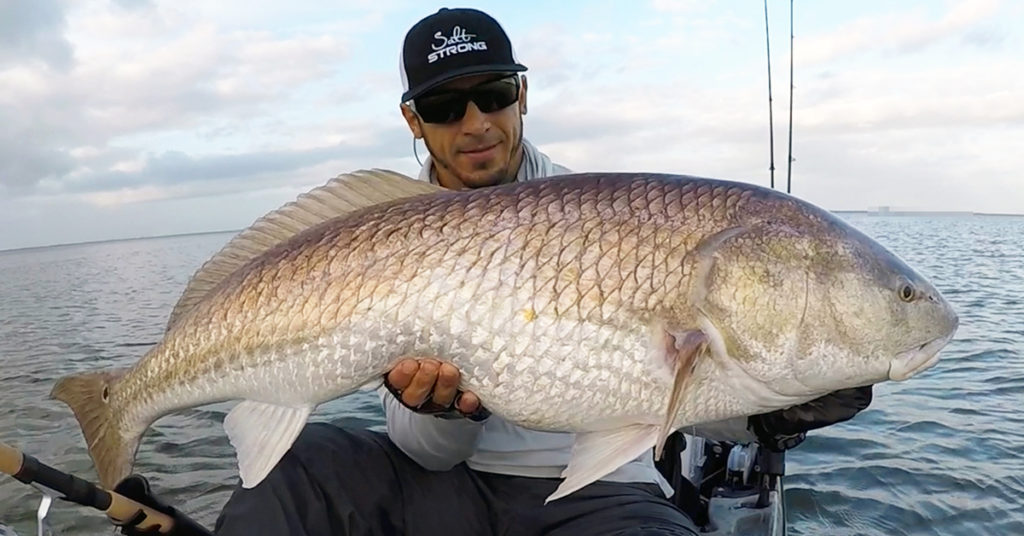
If you’re passively fishing, or the law requires so, then use a circle hook with natural bait.
But if you’re actively fishing and there are no circle hook requirements, then you can use a j hook.
Here are two of my favorite circle and j hooks:
Have any questions about when you should use a j hook vs. a circle hook?
Let me know down in the comments!
And if you want to step up your live bait game and catch more trophy fish than you could ever imagine, then you’ve got to check out Underwater Bait Forensics.
You’ll see exactly how baitfish behave underwater and learn the best ways to rig them to make them look natural and irresistible to big predator fish like gator trout, bull redfish, and slob snook.
Get Underwater Bait Forensics here.
Related articles:
Related categories:
STOP WASTING TIME ON THE WATER!
Do what the “SMART ANGLERS” are doing and join the Insider Club.
Here’s what you’ll receive today when you join:
- Weekly fishing reports and TRENDS revealing exactly where you should fish every trip
- Weekly “spot dissection” videos that walk you through all the best spots in your area
- Exclusive fishing tips from the PROS you can’t find anywhere else
- Everything you need to start catching fish more consistently (regardless if you fish out of a boat, kayak, or land).
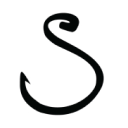



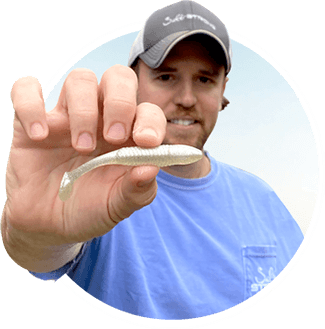
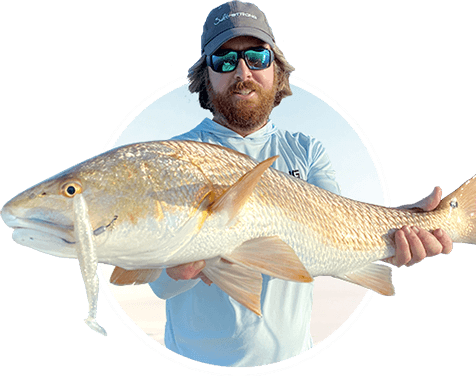
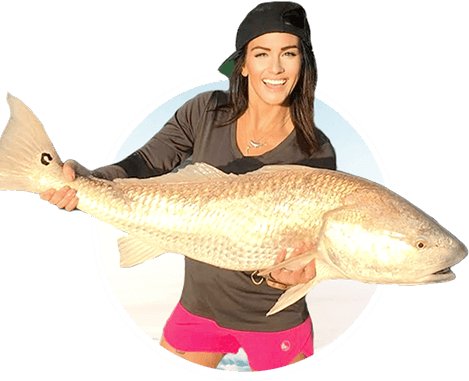
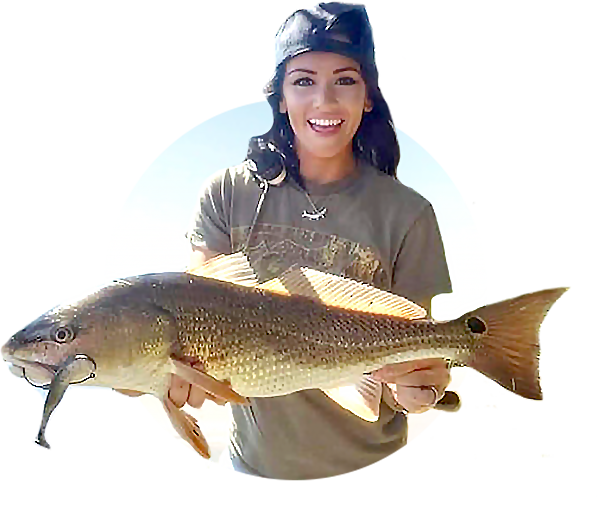
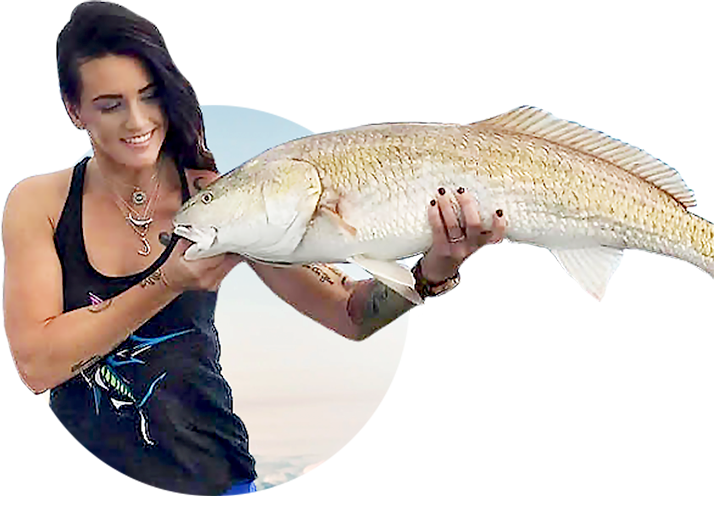

Hey I’ve got a question about circle hooks. When I was fishing them with shiners for pickerel, I missed a lot of fish, but when I was going for bass and perch I landed most of the bites. Do you know if circle hooks still work well with the mouth shape on pike and pickerel? Thanks
Those species have very bony jaws so I could see it being tough for a circle hook to work properly with them. If you’re using inline circle hooks, maybe try using offset circle hooks or just standard J-Hooks for pike and pickerel.
Great video Tony, and one reason why, when “passively fishing”, I love my “Baitrunners”, both Shimano and Okuma Avengers.
Thanks William!
Thanks for this. I had a question about in line circle hooks. Obviously they are most affective with live/cut bait but can they also be affective with artificial baits such as Berkely Gulp or other processed or scented baits? Reason I ask is sometimes it is hard to get live bait as you know and it is nice to have an alternative without re-tying a whole new rig. Any input is appreciated.
Hey Kevin!
Great question! It is best to avoid using any type of circle hooks with artificial lures because you will miss a lot of fish. Circle hooks are meant for a fish to pick up the bait and run off resulting in the fish hooking itself from the pressure on the hook. With artificials you want to be able to set the hook, which you can’t do with circle hooks or it’ll pull the hook right out of the fish’s mouth. However! The only exception IS if you are using scented baits such as gulp and “dead-sticking” those baits (just like if you were using cut bait and just letting it sit until a fish picks up on it and takes it. Just remember not to set the hook. Just tighten up the line and apply gradual pressure!
Should not use J hooks on reefs!
State and federal regulations require all commercial fishers and recreational anglers fishing for any reef fish species to have and use certain gear. In state waters, reef fish species include groupers, snappers, amberjacks, gray triggerfish, red porgy, sea bass, hogfish and tilefish. View a list of reef fish managed in federal waters.
State Waters of the Gulf of Mexico Required Gear
Gulf federal waters
Thank you for sharing the info Bruce!
Thanks Tony
You’re welcome Jerry!
Tony, another great video as usual. Question… Have you guys ever used Bait Runner style reels? You talk about leaving the bail open and I do that method but over the years have bought a few bait runner reels. It makes using circle hooks very easy, if you want to fish passively. If I’m fishing live bait with a Bait Runner, I just have the second drag set extremely light and can set it in a rod holder if I need to. If I’m fishing actively, I can still use the Bait Runner and let the fish take the bait before clicking the drag to the main drag, which then sets the hook.
I have not ever seen anything on Bait runner reels here and was just wondering what your thought on them were.
Thanks again, I always learn something patrolling the Salt Strong site.
Joe
Thank you for the great feedback Joe! I haven’t used those reels before but the concept sounds good.
Joe, I do the same thing all the time with live and natural baits, both fresh and salt water. In fact, if I have the bait handy I’ll soak one on the live drag while I’m fishing a soft plastic.
Good stuff Matthew!
I am also a big fan of the octopus hooks. I generally am an active fisherman with Redfish and speckled trout as the main targets I have had the best luck when using a Snell knot with the bent hook eye. Would you do a video showing the easiest way to tie Snell knots? I usually fish on the near shoreline of the Texas Gulf near Freeport and have had the best luck fishing from the Gulf fishing toward the beach outside the breakers with the bait in the white water of the rolling surf.
Thanks for the good quality posts.
Good stuff James! Here is an article we have on tying snell knots:
https://www.saltstrong.com/articles/snell-knot-video/
Planning on a trip to Mosquito Lagoon in the next couple weeks and haven’t been able to find any restrictions on hook type for targeting both reds and trout while I’m down there. Happy to fish either hook style, just not sure on the legal rules for that area of water. Anyone know the rules and willing to share? Thanks!
Hey Zak! There are no regulations there for hooks, but I would recommend a circle hook if you plan on catch and release. That area is struggling right now and unfortunately fwc is doing nothing about it. Not the same fishery it was just a few years ago.
Tony, thanks for the info, always nice to have such knowledgeable guys “on the inside!” I’m gonna catch and release for sure, just looking for a memory of a monster (or two)! 🙂
There are rules regarding the use of treble hooks in conjunction with live or dead natural bait for certain species. Use single hooks and you are ok!
Tony, Great info as always. A couple of additional points: 1. It’s important to differentiate between offset and non-offset circle hooks. Offset circle hook will behave pretty much the same as j-hooks in terms of deep hooking fish and in my experience removing a circle hook from a deeply hooked fish is more difficult than removing a j-hook in the same location. 2. The Law….certain species and locations require (usually non-offset) circle hooks. 3. Species targeted. I’ve noticed that species such as flounder which don’t turn to either side after they attack their prey (or bait) don’t have as high a success rate with hook ups using circle hooks as those who grab and turn away causing the hook to be pulled into the side of the jaw and set. Keep up the good work.
Thanks Mark!
Yes we also have an article on that:
https://www.saltstrong.com/articles/legal-vs-illegal-inline-vs-offset-circle-hooks/
your right . I use circle hooks and have learned to wait till the fish hooks his self when holding the rod. The urge to set the hook is hard to break.
Yep! Our natural instincts/reactions are usually wrong when it comes to fishing haha